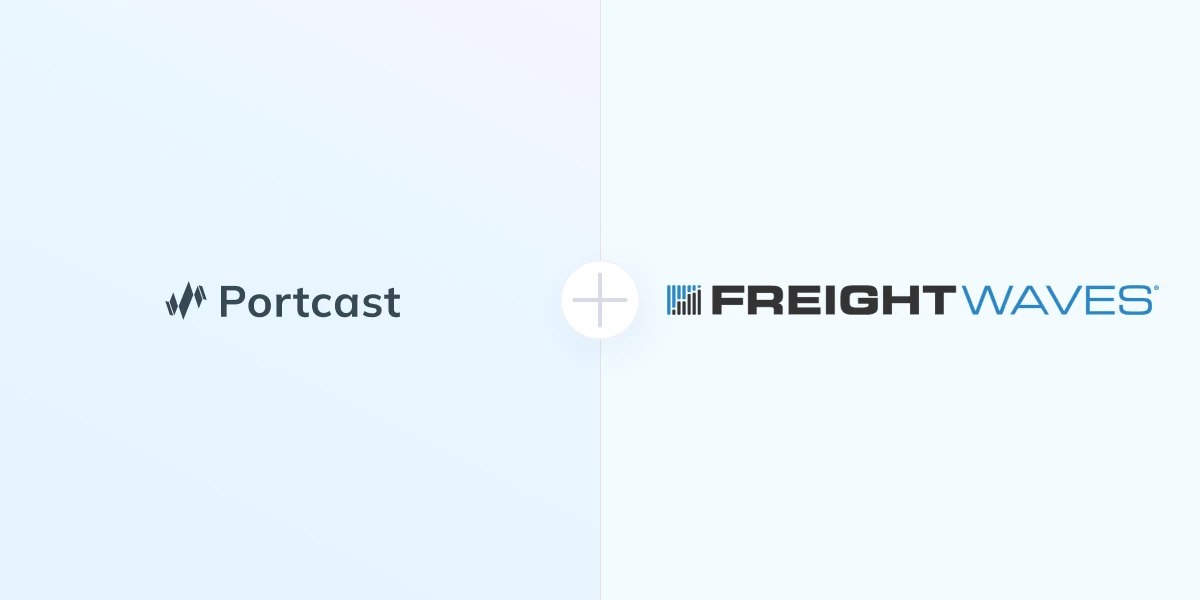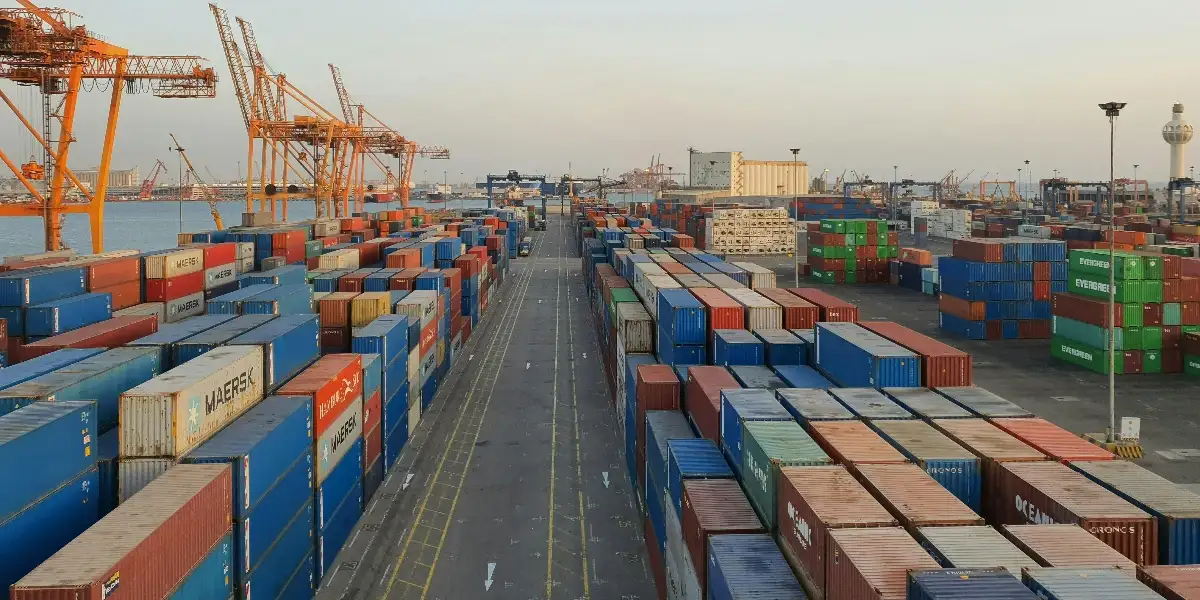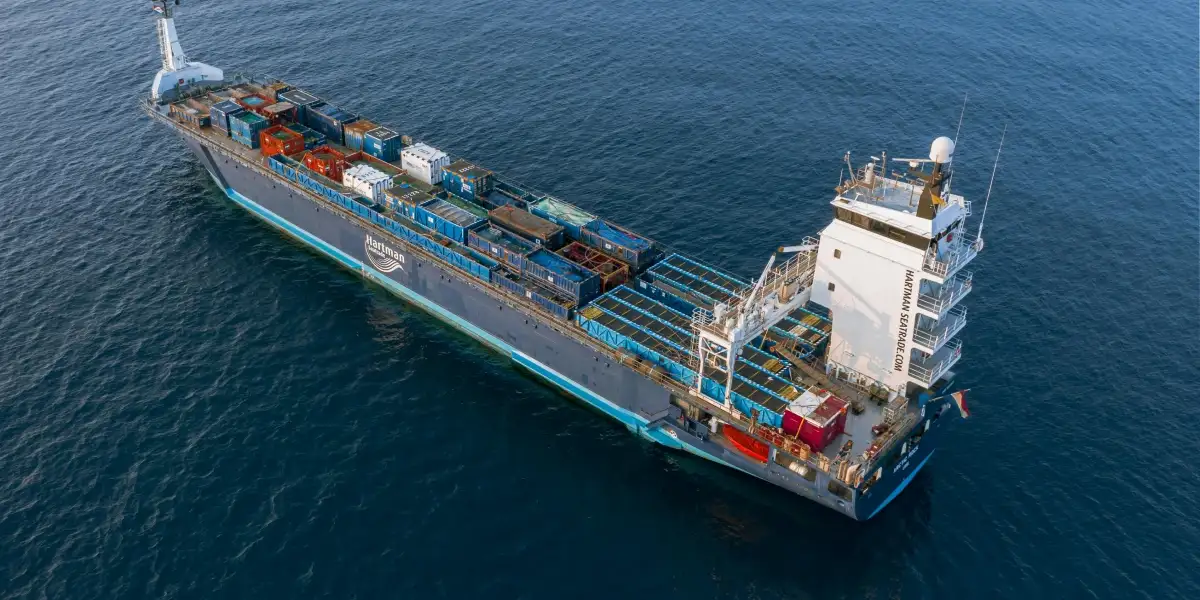The Suez Canal blockage has highlighted how fragile global supply chains are. A single event can be a cause of a disruption, causing ramifications weeks into the future. This blockage is delaying an estimated $400 million/hour in goods and approximately 3.6mn containers impacted for the next 30 days (based on Portcast data).
While the Ever Given has been partially ‘refloated’ now after brilliant efforts, it will still take time to open the canal and clear up congestion. We have dynamically updating the list of vessels directly impacted by this blockage as well as a list of vessel detours from the Suez Canal updated in real-time.
Here are our thoughts on likely scenarios of the situation and the actions you could take as a shipper.
Scenario for vessels waiting for blockage to clear OR started detour via South Africa: Avg. 10 days delay and increase in freight rates 2 weeks later
Assume that Ever Given gets fully refloated successfully and the Suez Canal opens up by tomorrow, Tuesday, 30th March: Given that the number of vessels that pass through the Suez Canal are capped to 50 per day, it would take at least 4-5 days before the vessels waiting nearby are able to pass through.
Based on our database, as of 29th March, 253 container ships were scheduled to pass or are at anchorage near the Suez Canal in the next 30 days. The impact for the final port of discharge will likely be at least 7-10 days from the time of opening the canal. This is assuming the vessel does not speed up.
We anticipate a further increase in ocean freight rates, as more containers will be delayed for repositioning at the ports of loading. The price increase will likely be reflected in mid-April, when the container shortage is felt.
As of 29th March 2021, 34 vessels have taken a detour from the Suez Canal via South Africa, based on our list. Assume that this figure increases to 40, as significant time is required before the Suez Canal clears up, some vessels may opt to take a detour.
In this case, the delay experienced may be similar to the vessels that opted to wait for the blockage to clear. This is because port congestion levels at new port calls are expected to rise as well.
Worst case scenario (unlikely): Avg. 10-15 days delay for vessels going around South Africa; Ocean freight rates increase rapidly
In the unlikely event that it will take 1 more week before Suez Canal is opened for new vessels, with slower movement through the canal given adverse weather continues: Nearby vessels and upcoming services from Asia to Europe, or US to Asia, have already started re-routing via South Africa. Some vessels have also returned back to the origin port and offloaded the containers.

For example, one of the first vessels to take a detour was Hyundai Prestige (IMO number: 9625528) The vessel was headed to Thailand and had a port call at the Suez Canal initially, but the port call was changed to Laem Chabang instead.
Find out the full list of vessel detours from the Suez Canal with this list updated in real-time.
In this scenario, we estimate at least 10-15 days to be added to the schedule and vessels to skip certain ports, as it is no longer feasible to reach these ports on the new route. We've already seen this happening with certain vessels from Asia skipping the Suez Canal and detouring to South Africa.
Container repositioning becomes extremely difficult, with one month of delay added on to the repositioning of containers to Asia. In lieu of this, massive blank sailings are expected for the Asia-Europe route one month ahead and beyond.
Ocean freight rates are expected to rise rapidly from current all-time highs, forcing shippers to consider shipping via air freight (we will touch on this in the later part of the article).
Furthermore, rerouting via Africa adds approximately 3,000 nautical miles to the voyage for each vessel, which translates to roughly 7,000 tonnes of CO2 per voyage.
Actions you should take depending on the scenarios
Based on the scenarios we have detailed out above, shippers need to keep in mind the following factors to balance the supply chain immediately:
- Current inventory levels - How long can your safety stock last?
- Are your shipments currently stuck or is it scheduled to pass the Suez Canal in the next week or later?
- How critical is it for you to receive your shipments on time, with minimal delay?
- Is there possibility to explore other modes of transport e.g. air, intermodal?
- What is the cost effectiveness of different forms of transport?
In the event of the best case scenario, if you are able to handle the additional 7-10 days of delay it is advisable not to expedite your shipment using air freight due to the high cost and feasibility.
If you are planning to ship cargo from Asia to Europe and your shipment is not currently stuck, consider transporting your cargo using road or rail transport.
In the worst case scenario, an additional 10-15 days of delays is expected before the shipment arrives in port. Assuming port congestion will lead to an additional 2 weeks of delay, your shipment is likely to be delayed by a month or more. Expect ocean freight prices to rise rapidly in this scenario as container repositioning is delayed by more than a month.
For critical or time-sensitive cargo to be shipped from Asia to Europe that cannot be delayed by a month, consider expediting using air freight. We do expect air freight rates to increase in the current scenario as well. Otherwise, transporting via land or rail is the next viable option, with door to door road transportation between China and European countries estimated to take 2 to 3 weeks.







